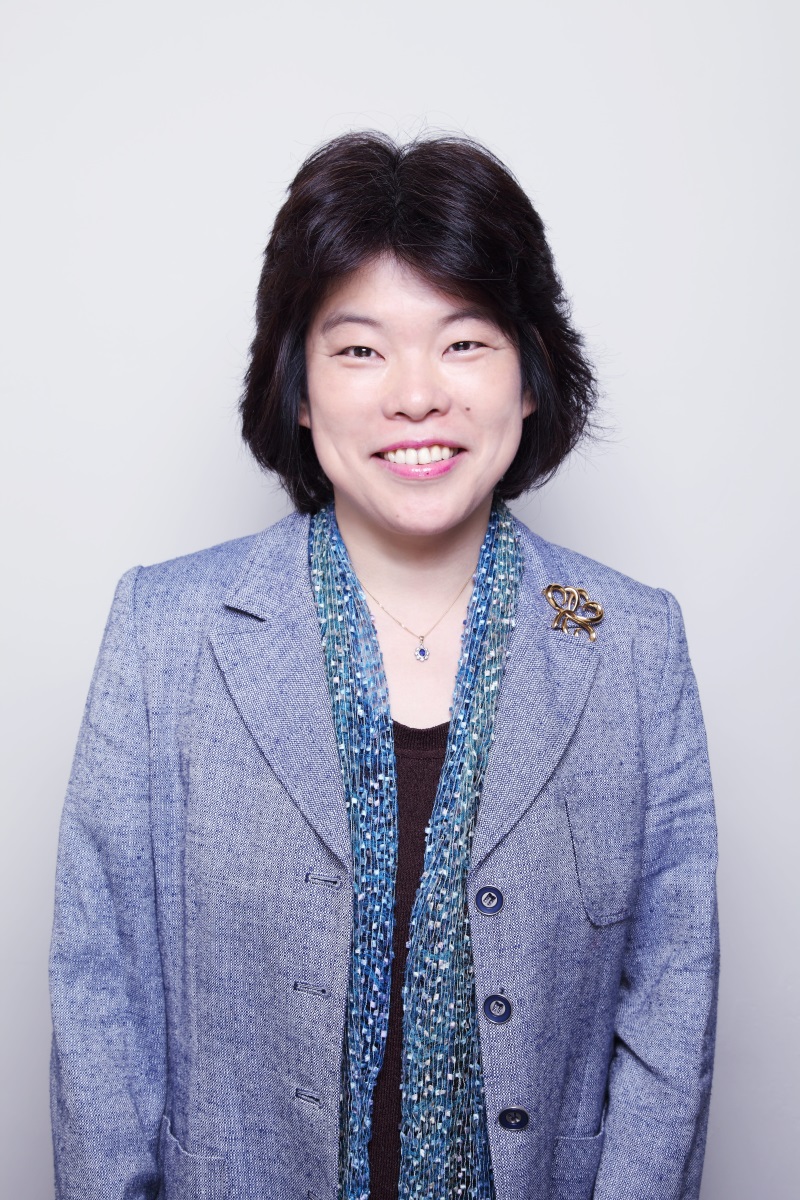
Nobuko Nagase
Abe Fellowship 2012
Project Title
U.S.-Japan Comparison of Labor Market and Internal Labor Markets and the Effect on Female Labor, Fertility and Child Bearing Institutional Affiliation (at time of award)
Professor, Graduate School of Humanities and Sciences, Ochanomizu University 